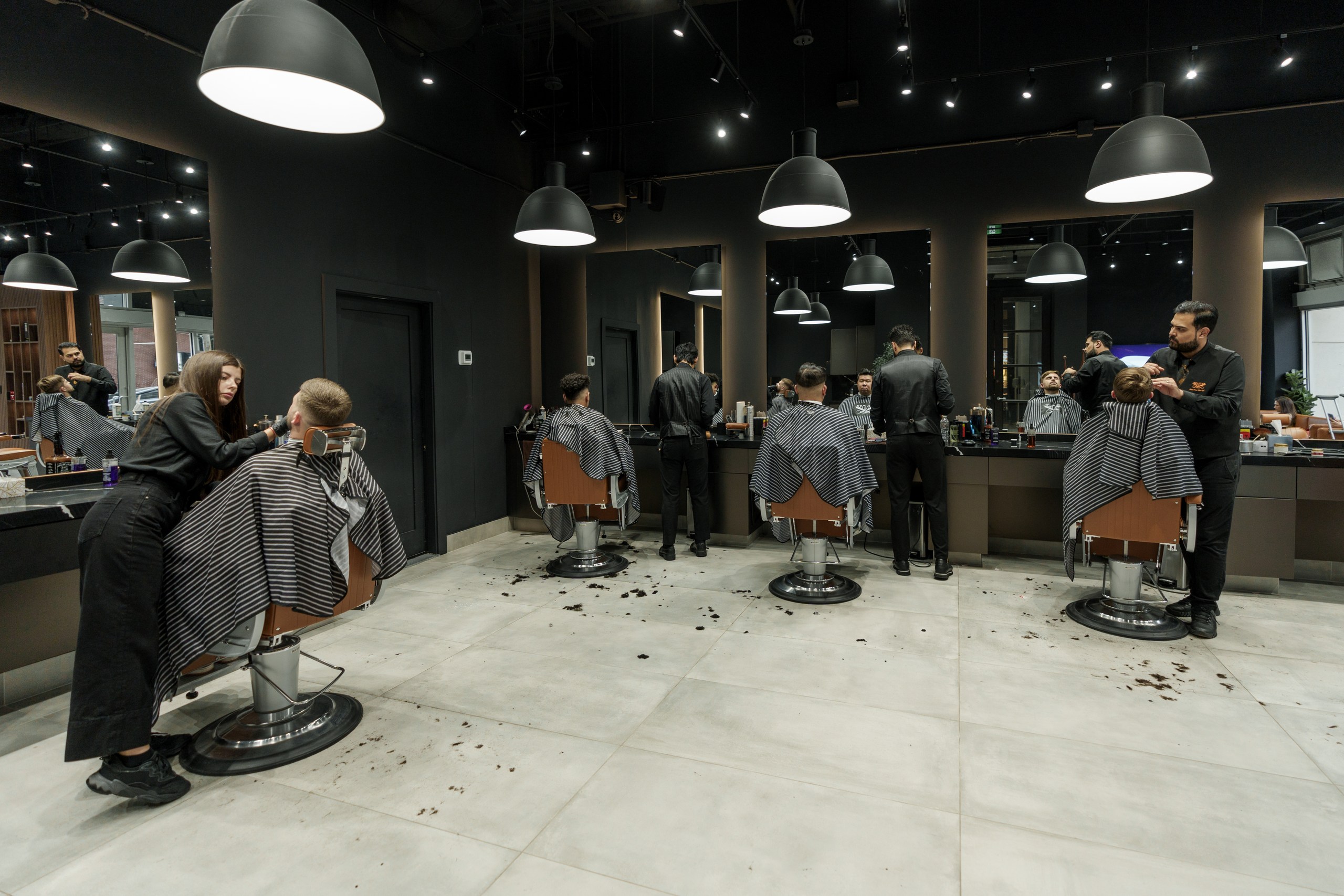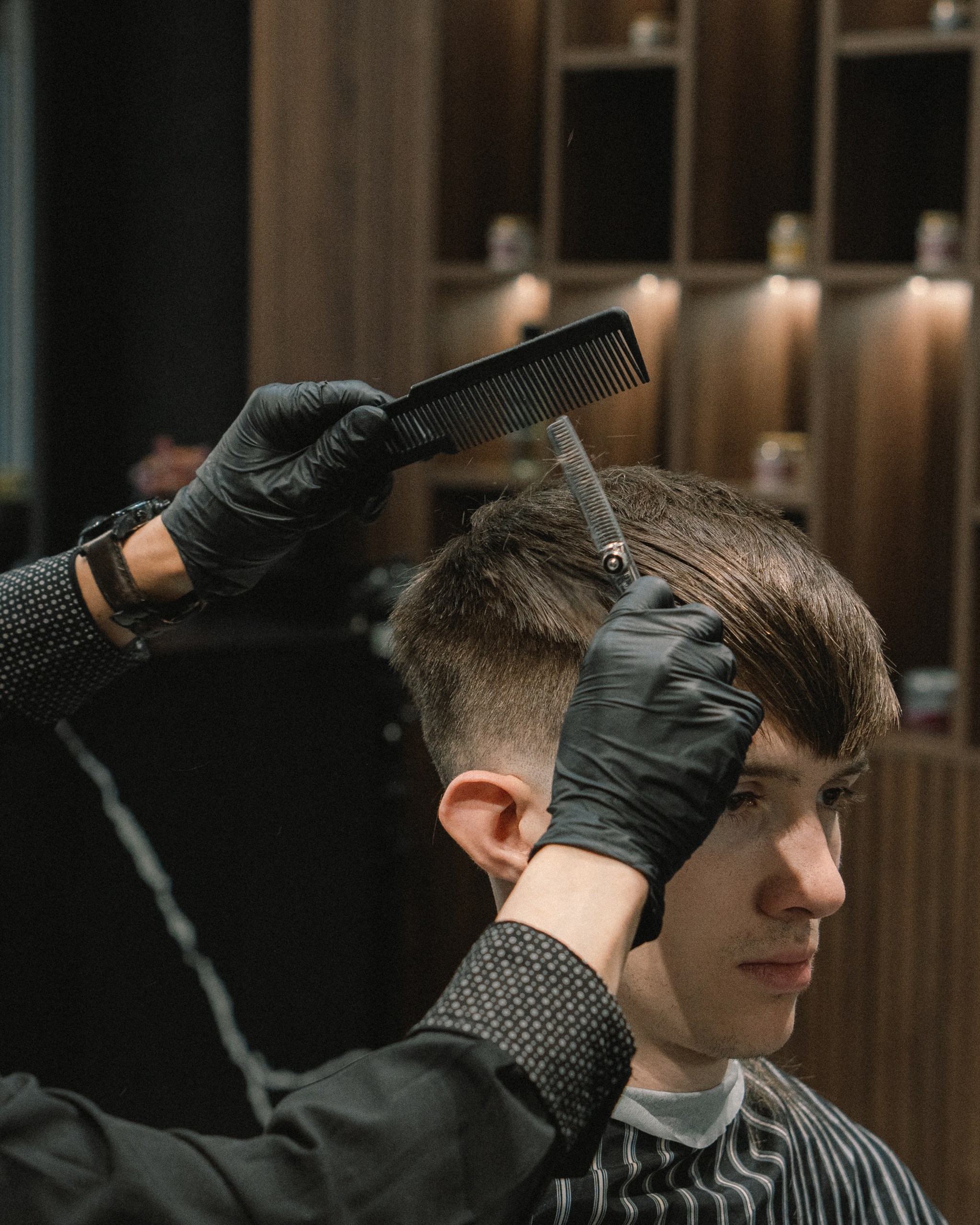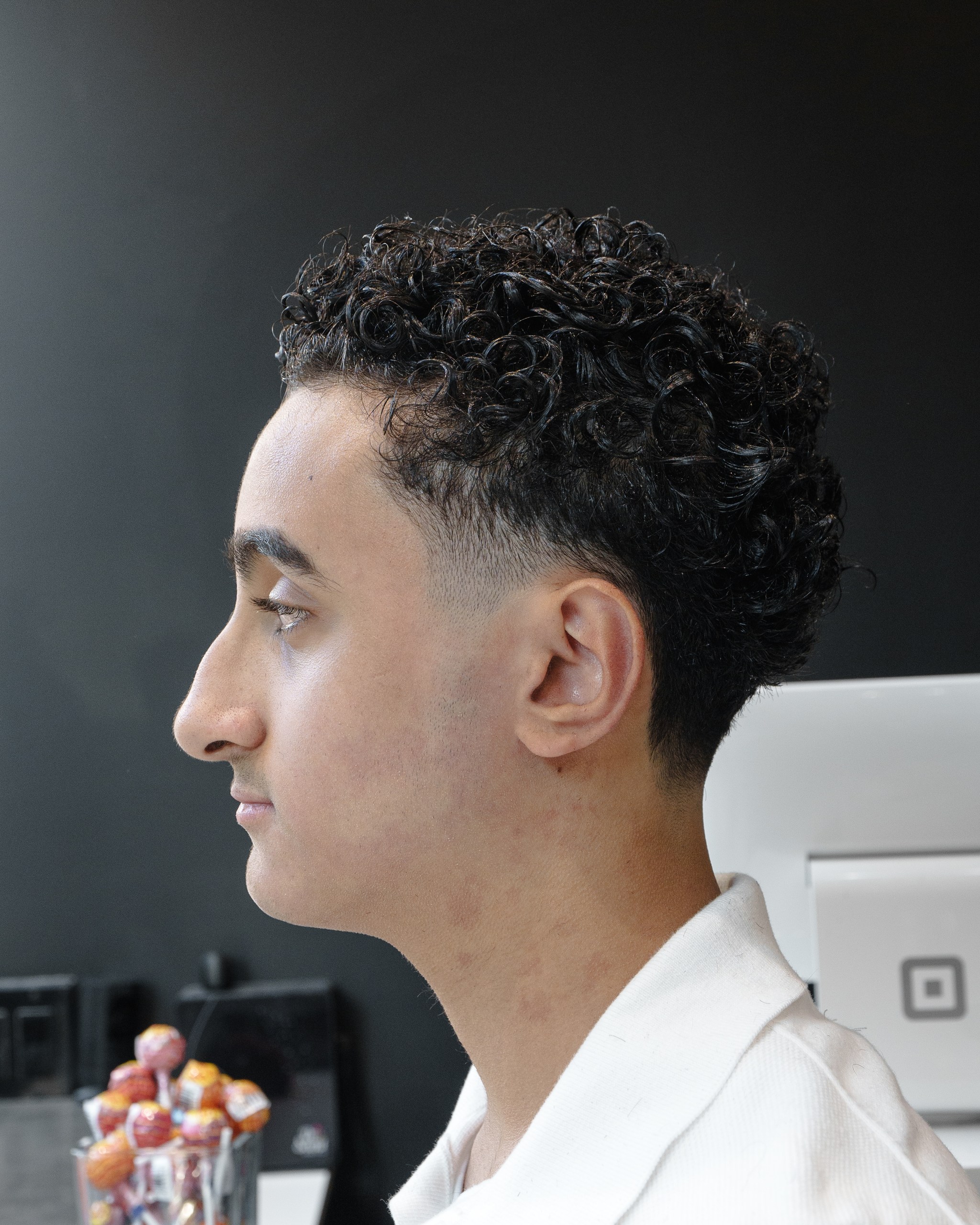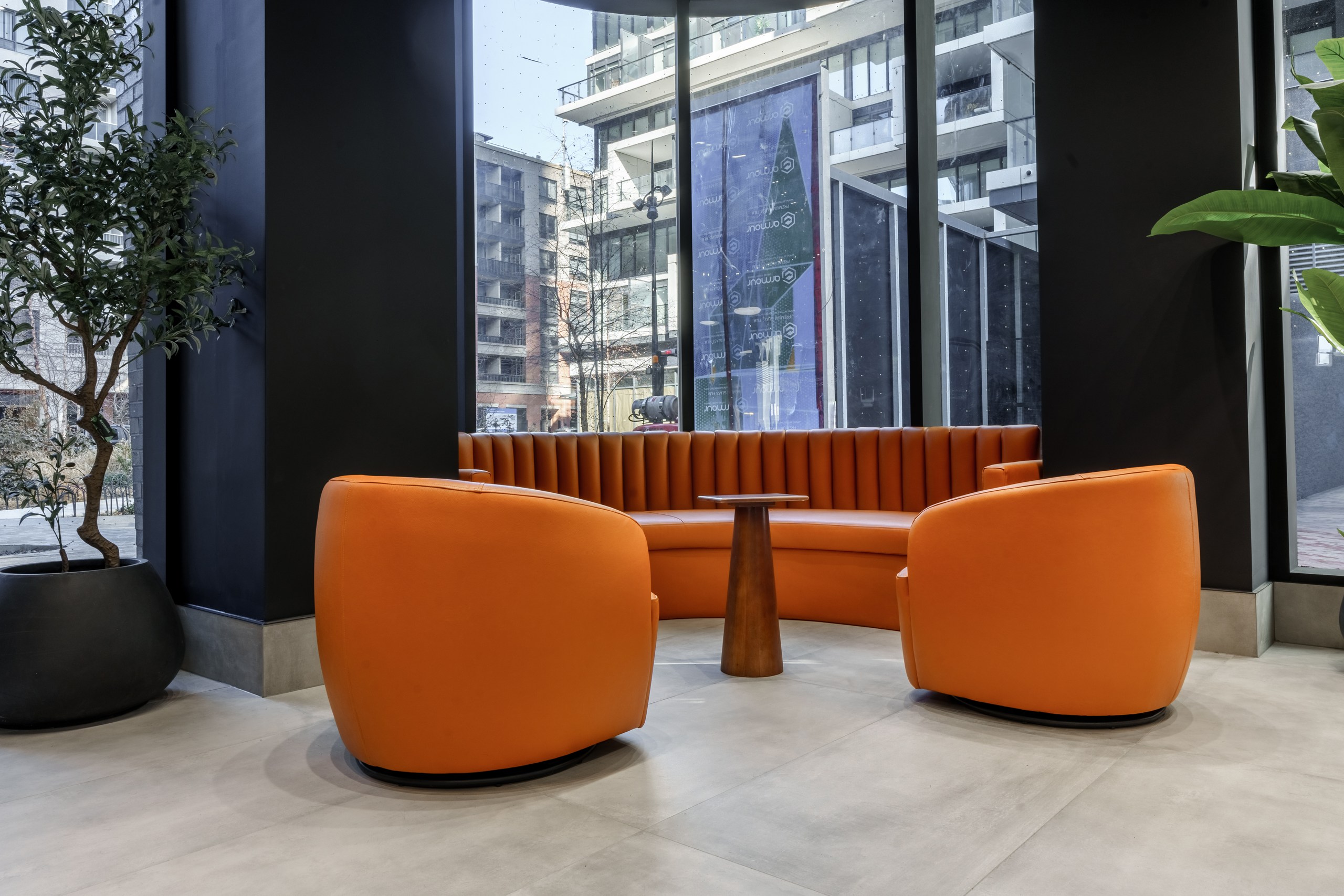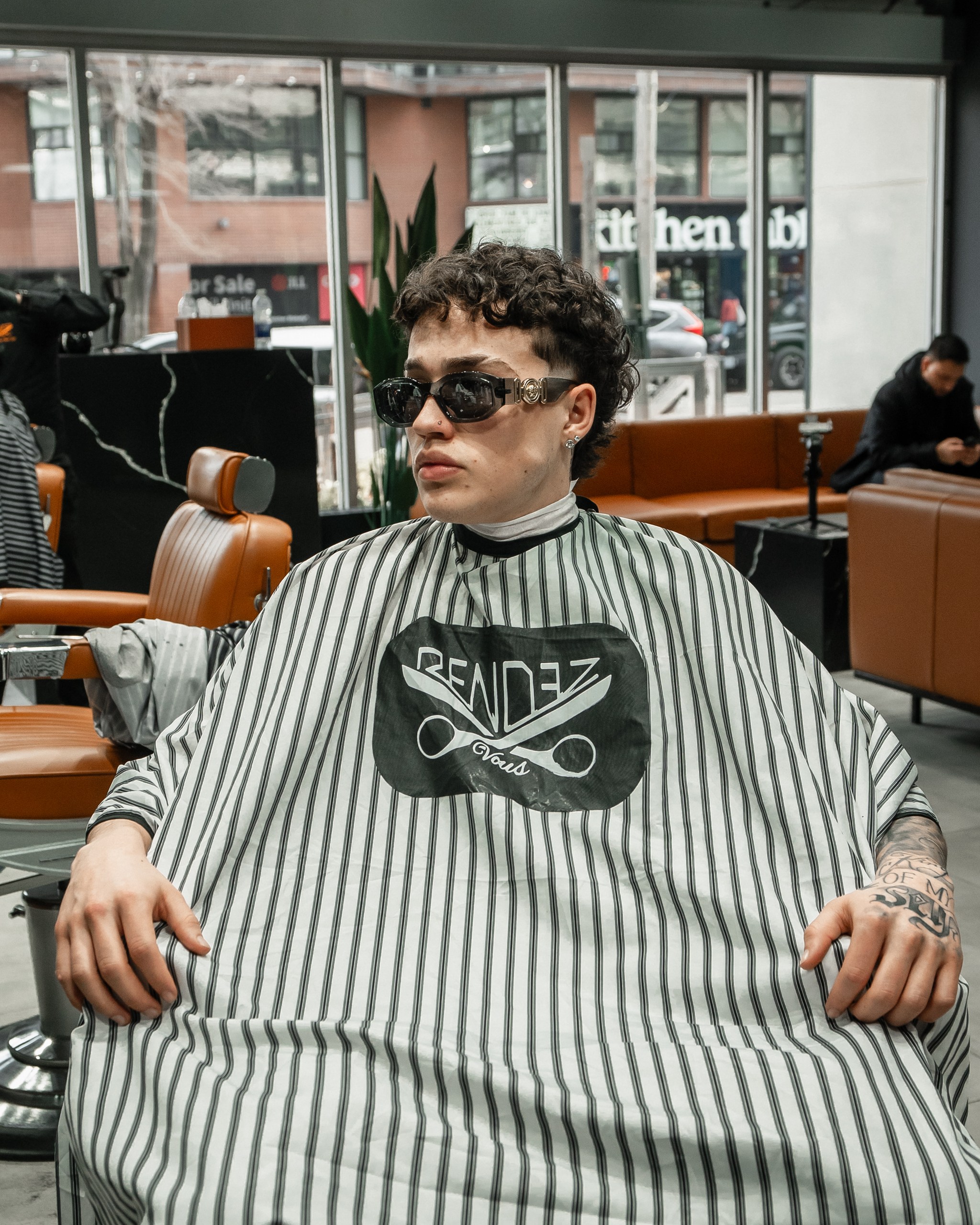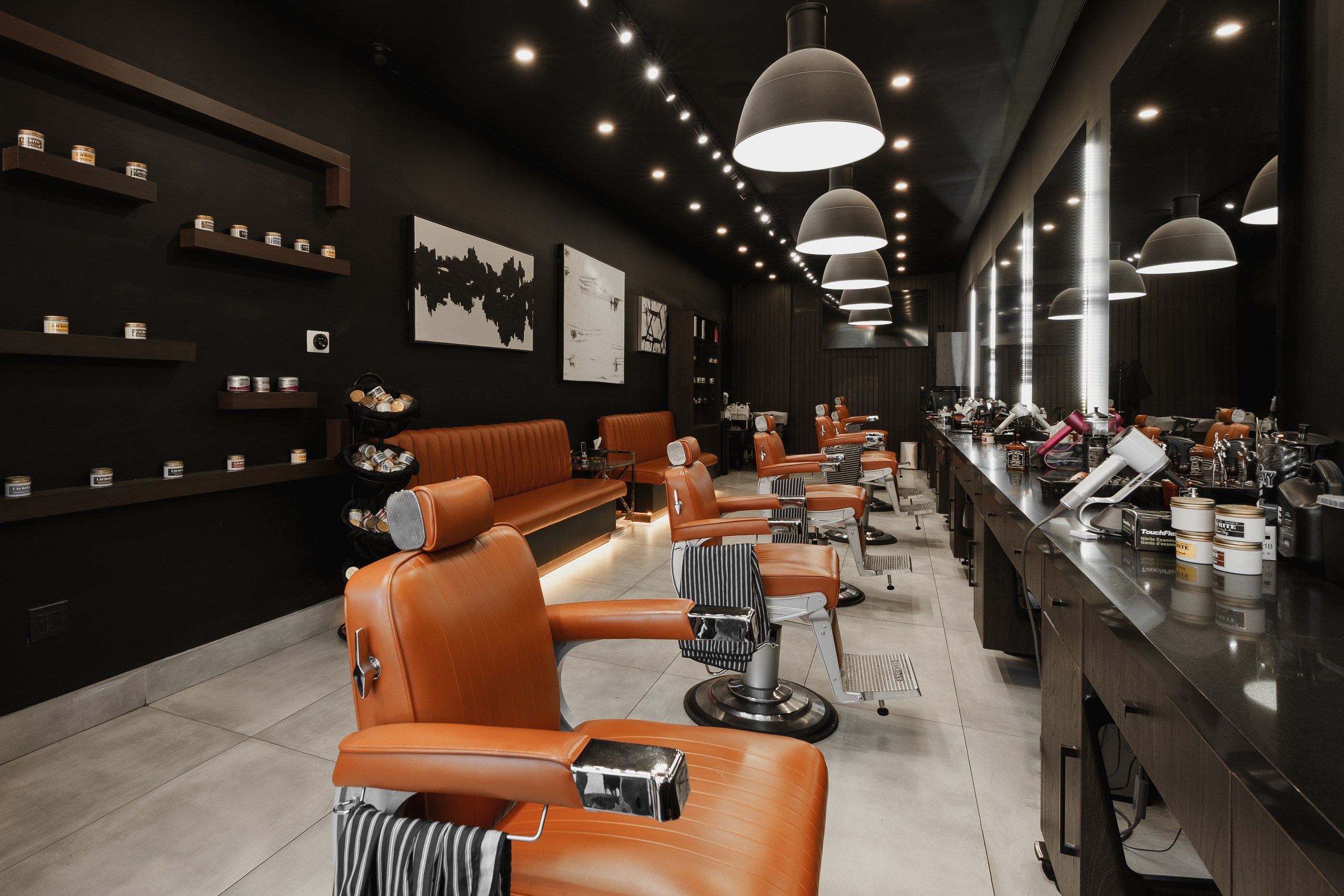You've probably noticed that some guys can pull off almost any haircut while others struggle to find even one style that looks right. Most advice focuses on face shape, hair texture, or lifestyle – all legitimate factors. But there's a more fundamental issue that rarely gets discussed: the actual structure of your skull.
Your skull's shape, contours, and proportions create a foundation that determines which haircuts will work and which ones will fight against your natural architecture. No amount of product, styling skill, or barber expertise can overcome fundamental bone structure limitations.
At Rendezvous Barbers, we've learned to assess skull shape as part of consultation because it affects cut recommendations as much as hair type or face shape. Understanding how your specific skull structure influences haircut success helps explain why certain styles work while others never look quite right.
Why Skull Shape Matters
Hair doesn't grow in a uniform layer around your head – it follows the contours of your skull, amplifying or minimizing whatever structure exists underneath. A prominent bump becomes more obvious with short hair. A flat area can make certain styles look deflated. An uneven skull creates asymmetry that's hard to correct with cutting alone.
Think of your skull as the canvas and your hair as the paint. A skilled artist can work with almost any canvas, but some canvases make certain paintings impossible while making others easier.
The closer you cut your hair, the more your skull shape dominates the overall appearance. Buzz cuts and very short styles essentially showcase your skull with minimal hair camouflage. Longer styles provide more opportunity to compensate for or disguise skull shape issues.
Common Skull Shape Variations
Most guys fall into recognizable skull shape categories that create predictable haircut challenges and opportunities.
Flat back of head: Many people have relatively flat occipital bones (the back of the skull). This creates challenges with styles that require rounded shape in back. Short cuts can make the back of your head look pancaked, while certain longer styles might not have enough projection to create desired silhouettes.
Prominent occipital bone: The opposite problem – a pronounced bump at the back of the skull. This can make some fade progressions awkward because you're working around a prominent protrusion. However, it also provides natural shape that can enhance certain styles.
Narrow skull: A skull that's narrow from front to back creates less volume naturally. Styles that rely on width might look thin or lacking substance. However, narrow skulls often work well with height-focused styles.
Wide skull: The opposite issue – skulls that are very wide from ear to ear. This can make face shapes appear rounder and creates challenges with styles that add horizontal volume.
Uneven skull: Many people have slight asymmetries in skull shape that become obvious with very short cuts. One side might be slightly flatter or more prominent than the other.
Pronounced crown: Some guys have a very prominent crown area that creates a natural peak. This can work beautifully with certain styles but fights against others that want smooth, uniform shape.
The Buzz Cut Reality
Buzz cuts are the ultimate skull shape test because they eliminate almost all hair camouflage. This is why some guys look great with buzz cuts while others look awkward despite having identical hair type and quality.
A buzz cut essentially creates a thin layer following your skull's exact contours. Every bump, flat spot, or asymmetry becomes visible. Guys with evenly rounded skulls look great with buzz cuts. Those with flat spots, prominent bumps, or uneven structure often look worse the shorter they go.
This isn't about hair quality or barber skill – it's pure geometry. No barber can make a flat skull look rounded with a #2 guard.
Many guys discover their skull shape limitations when they try buzz cuts for the first time. What looked great in their imagination looks wrong in reality because they didn't account for their actual skull structure.
Fade Complications
Fades have become standard requests, but skull shape significantly affects how fades look and whether they're advisable.
A fade creates a gradient from skin to length, following your skull's contours. If your skull has an unusual shape, the fade will highlight that shape rather than disguise it.
Prominent bumps create challenges because the fade line has to navigate around them. Flat areas can make fades look uneven or poorly executed even when they're technically correct.
The ideal skull for clean fades is relatively round and even without major protrusions or flat spots. Many skulls deviate from this ideal, requiring adaptation or reconsideration of whether fades are the best approach.
Face Shape vs. Skull Shape
Most haircut advice focuses on face shape, but skull shape often matters more for determining what will actually work.
Face shape affects how haircuts frame your face from the front view. Skull shape affects how cuts look from all angles and whether the basic structure will support the intended style.
You might have a face shape that theoretically suits a certain cut, but if your skull shape fights against it, the cut won't work no matter how well it matches face shape guidelines.
The most successful cuts consider both factors – they complement face shape from the front while working with skull shape from all angles.
Strategic Cutting Around Skull Shape
Skilled barbers learn to work with skull shape limitations rather than ignoring them or pretending they don't matter.
Compensating for flat areas: Leaving slightly more length in flat areas can create the illusion of more rounded shape. This requires precise cutting that varies length based on skull contours.
Working with prominent areas: Sometimes the solution is leaning into prominent skull features rather than trying to minimize them. A pronounced occipital bone can be incorporated as an intentional style element.
Asymmetry management: When one side of the skull is different from the other, careful length adjustments can minimize visible asymmetry.
Crown considerations: Prominent crowns require specific cutting approaches that work with the natural peak rather than trying to flatten it.
/im
Length as Camouflage
Longer hair provides more opportunity to disguise or compensate for skull shape issues, though it's not a perfect solution.
With sufficient length, you can style hair to create shape independent of skull structure. However, this requires daily styling commitment and often substantial product use.
The trade-off is that longer hair's versatility comes with maintenance requirements. If you're not willing to style daily, longer length might not provide the camouflage benefits you're hoping for.
The Toronto Climate Factor
Toronto's weather extremes affect how skull shape issues play out practically.
Winter hat wearing can flatten hair temporarily, making skull shape more apparent when hats come off. Guys with flat skulls might find winter particularly challenging because hats compress whatever volume they've created.
Summer heat makes styling difficult, reducing your ability to use longer hair as skull shape camouflage. The natural hair behavior in humidity might not cooperate with attempts to create shape different from your skull structure.
Realistic Expectations
The hardest part of skull shape limitations is accepting that some styles simply won't work well regardless of hair quality, barber skill, or product choice.
If you have a very flat back of head, certain short styles will always look suboptimal. No barber can create roundness that doesn't exist in your bone structure.
This doesn't mean you're limited to one style or doomed to bad haircuts. It means understanding your specific constraints helps you choose within the range of styles that actually work for your structure.
Finding What Works
Rather than fighting your skull shape, the solution is finding styles that work with it or don't emphasize its limitations.
For flat skulls, this might mean maintaining enough length to create shape, or choosing styles that don't require pronounced roundness in back.
For prominent features, this might mean styles that incorporate those features as intentional elements rather than trying to hide them.
For uneven skulls, this might mean avoiding ultra-short cuts that showcase asymmetry.
Professional Assessment
One value of experienced barbers is their ability to assess skull shape and recommend accordingly, even if they don't explicitly discuss it in those terms.
When a barber suggests a certain style won't work well for you, skull shape might be part of their reasoning even if they phrase it differently. They've learned to recognize which skull shapes support which styles.
Bringing reference photos of styles you want helps barbers assess whether your skull structure will support those looks. Sometimes the answer is yes, sometimes it's "we can adapt this," and sometimes it's "this won't work for your head shape."
The Acceptance Path
For some guys, accepting skull shape limitations means reconsidering what "looking good" means and finding styles that work with their specific structure rather than trying to force an ideal that doesn't match their anatomy.
This isn't settling – it's strategic optimization. Working with your natural structure instead of fighting it usually produces better results than pursuing styles that fight your anatomy.
Conclusion
Skull shape is the unglamorous truth about why some haircuts work and others don't. It's not about hair quality, barber skill, or product choice – it's about the literal shape of bone underneath everything else.
Understanding your skull's specific characteristics helps you make better style choices and maintain realistic expectations about what's achievable. Some limitations can be minimized with smart cutting and styling, but some simply need to be accepted and worked around.
The best haircut for you accounts for all your factors including the one nobody talks about – the actual structure of your head.
Book your appointment today for consultation that considers your complete head structure, not just your hair. For realistic style guidance based on your actual anatomy, visit Rendezvous Barbers.


